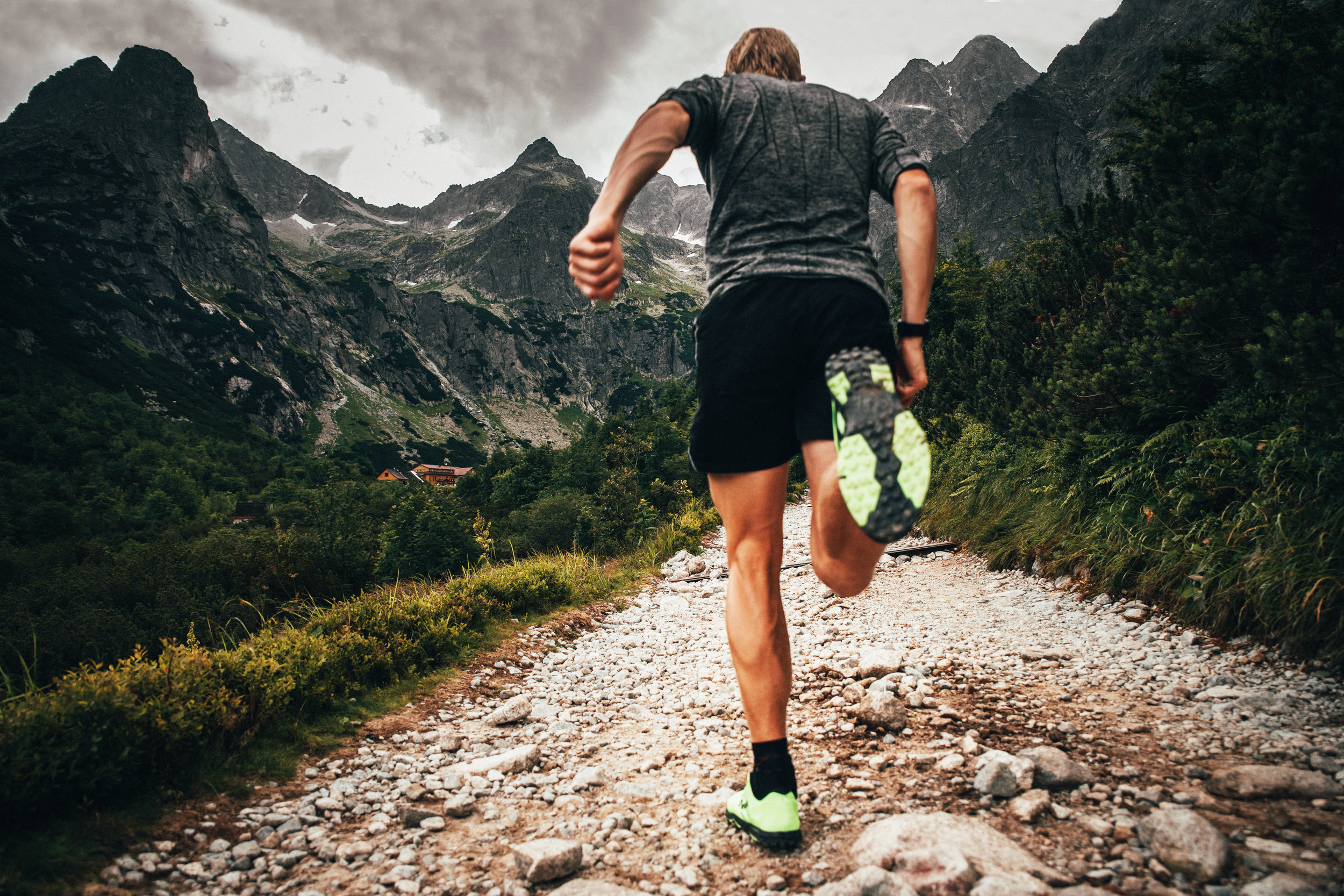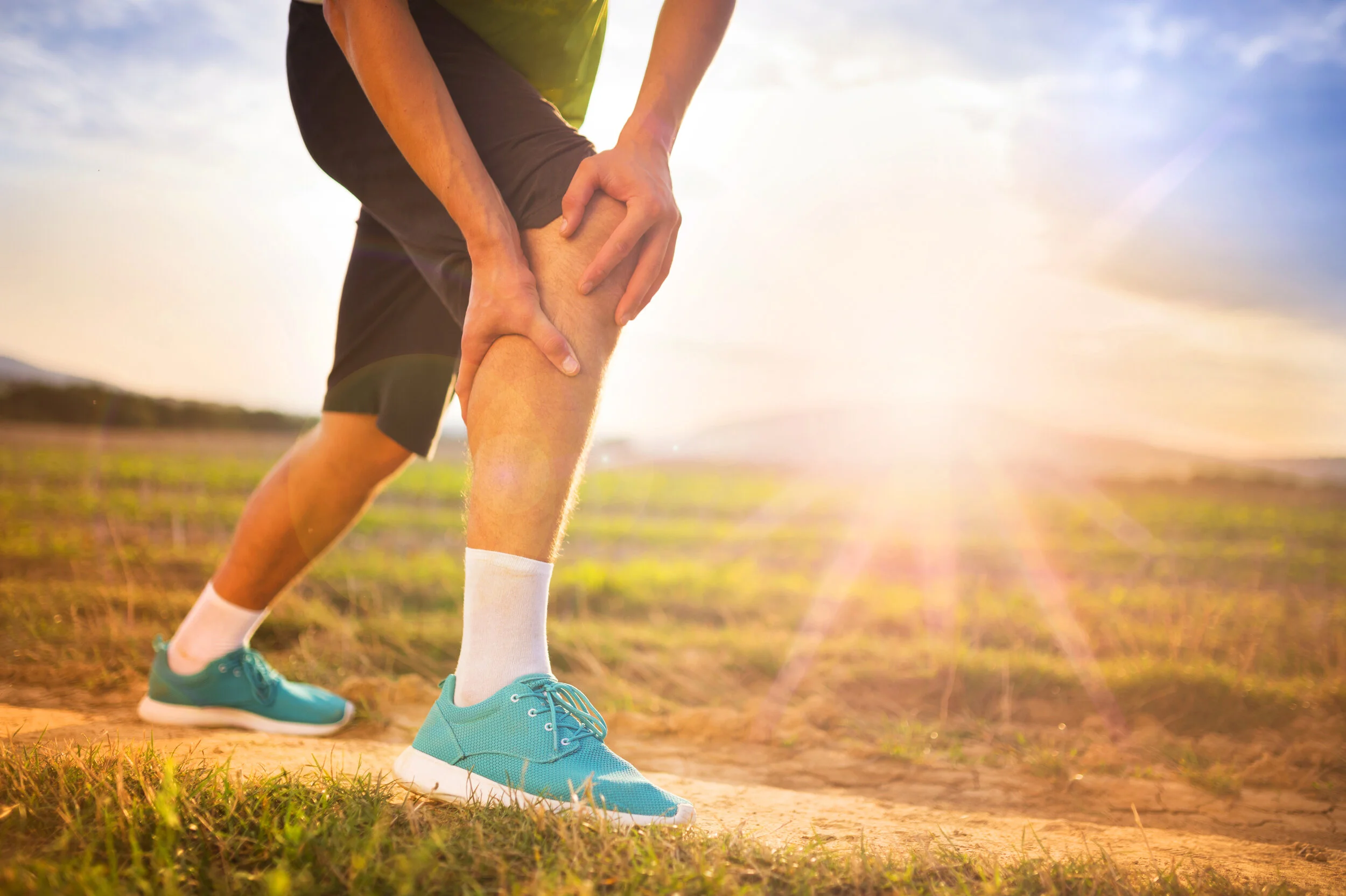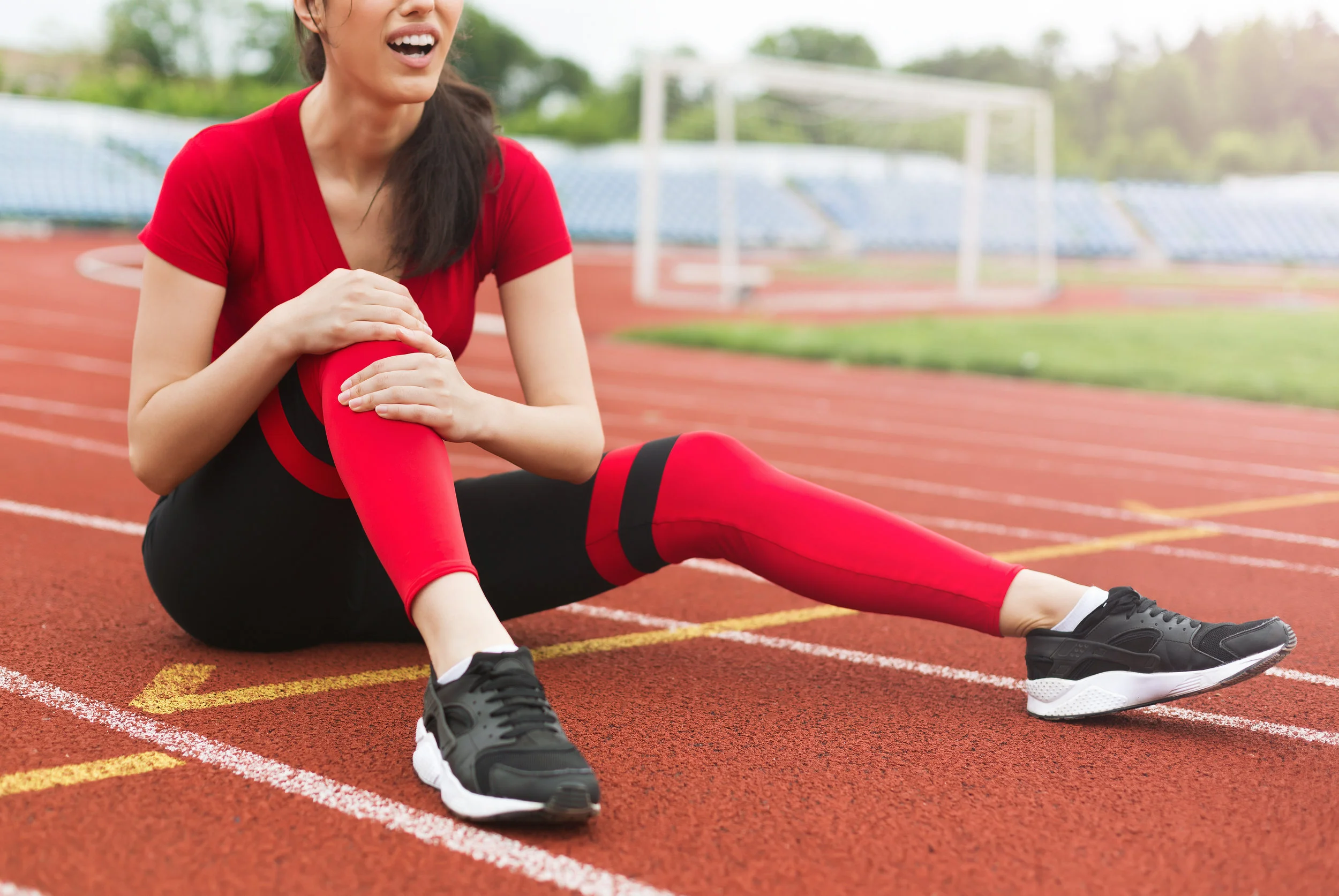4 pro tips to keep running and and still avoid knee injuries
“When it comes to running, there are some preventative measures we can take to minimize the risk of soreness or major injury to the knees.”
As a SportsMedicine Doc who is a huge proponent of the concept of activity preservation, my goal is to do whatever I can to help keep you doing the things you love for a long time. And when it comes to running, there are some preventative measures we can take to minimize the risk of soreness or major injury to the knees.
Running is one of the easiest and best exercises to stay healthy and fit. We’ve all known people who were in horrible physical shape, only to take up running and change their lives completely and achieve a healthy lifestyle by running on a consistent basis.
It’s free to do, it’s a good way to get outside and enjoy the fresh air, and it doesn’t even require any additional piece of skill. Just move your feet, and you’re running!
Strain on the knees
Running is a great way to keep fit, healthy, and happy
However, it’s no secret that running puts strain on the knees. The only question is: how much? We hear a lot of runners complain about the pain that a regular running practice is causing.
And it’s true, running often is going to cause more pain in the long run than just sitting at home watching the Olympics. BUT here’s something that you runners may not be considering; your technique (or lack thereof), and how it relates to the amount of pain you may be experiencing.
Good Technique, Less Pain. Here are some 4 running tips to keep your knees healthier:
1. Concentrate on keeping the knees in a low swing.
Think to yourself “keep the knees down and the heels up”, and as you bend the knees, just let you heels come up behind you naturally. Knees down, heels up, knees down, heels up. You’ve got it.
2. Forward Lean from the ankles and impact on the mid foot.
When your foot impacts in front of your body, your knees are forced to take the brunt of the impact upon your knees. So try to take the impact on the mid foot.
3. Soft Knees Make it Easy
Keeping soft knees lessens the impact upon the knee and heel. Don’t over-stride and don’t straighten the knee. (This is also a good technique to employ for general walking, as keeping soft knees can be beneficial if you are aging and have arthritis of the knee.)
4. Point your feet in a forward direction.
Some people have a tendency to “splay” their feet to the side while running. This becomes a problem if the runner continues for any appreciable distance, because the knee must torque when the foot impacts the ground.
The resulting pain on the inside of the knee occurs with splayed feet as the medial ligaments and tendons become overstretched and lead to tendonitis of the medial meniscus.
What NOT to do to avoid running knee injuries
Ok, so we talked a little bit about what to do to avoid knee pain from running. Now, let’s focus on what NOT to do. If you are doing a lot of running and start having pain, make sure that you aren’t doing the following:
By paying better attention to technique and adjusting your stride, you can stay pain-free
Don’t Heel Strike
Some people have a tendency to over-stride. This forward reaching with your legs as you reach forward means you have to slow down somehow— and all the shock of foot hitting road is absorbed by your knees. No bueno.
Don’t Pick Up You Knees
Evidently it’s become en vogue for runners to pick up the knees and reach forward for a longer stride. Although some of the running publications may push this technique to help you increase your performance from a competitive standpoint, we humble docs in the field of Sports Medicine would rather see you keep a low knee and high heels on the swing-back.
The bottom line: by changing your stride mechanics, you can help your knees to avoid being used as “shock-absorbers” and you can running longer, stronger, and safer and enjoy a lifetime of fun fitness out there on the pavement.
Have fun!
Dr. Sterett














